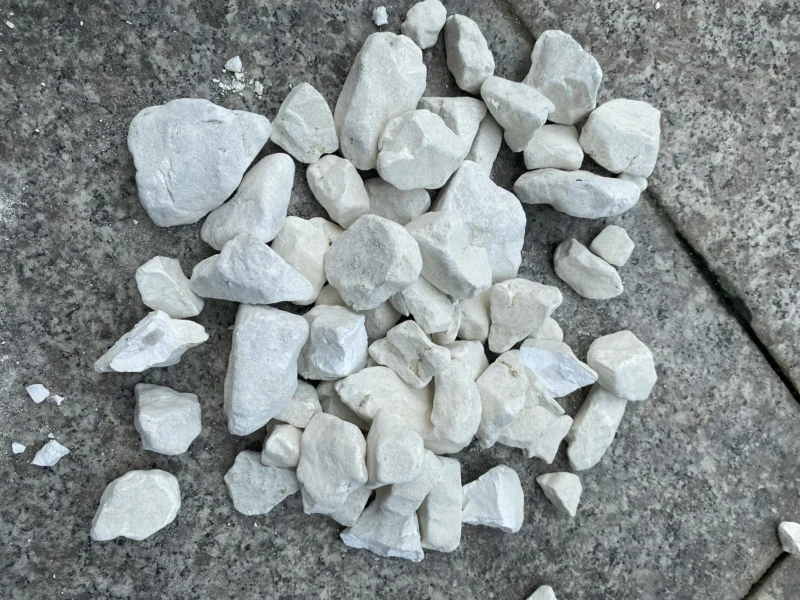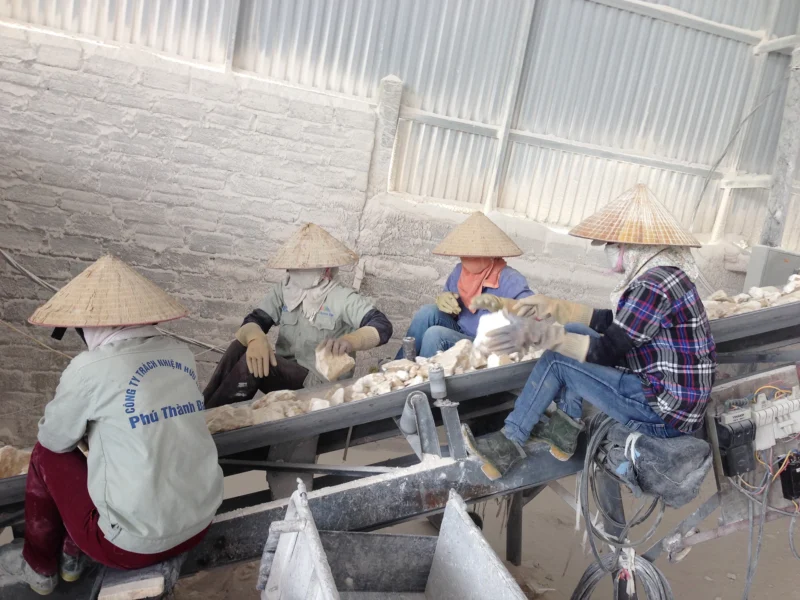Amidst the world’s rapidly growing demand for limestone, Vietnam’s vast reserves stand out as a strategic advantage with immense potential for development and export.
Surging Global Demand for Limestone
According to MarketWatch.com, the global limestone market is expected to grow at a strong compound annual growth rate (CAGR) of 6.02% from 2022 to 2028. This growth is largely driven by escalating cement demand from the construction industry, spurred by large-scale infrastructure investments, particularly in developing economies.
Southeast Asian countries are witnessing a boom in infrastructure development, leading to higher demand for housing, construction materials, and associated services. Simultaneously, the recovery of Europe’s construction sector has contributed to making limestone an increasingly sought-after raw material.

The world’s looming limestone thirst: Vietnam fortunately holds a trump card
Nevertheless, some challenges remain. The slowing growth of major economies such as China is dampening demand, while environmental concerns—such as acid rain damage to limestone-based structures—have reduced its appeal in residential construction applications.
India currently leads the world in limestone imports, accounting for 48% of the global market, followed by Japan, South Korea, Germany, and the Netherlands. India’s demand is further fueled by its expanding packaging and education sectors, as well as a booming construction industry, which is projected to contribute roughly 10% to the country’s GDP. In addition, the growing pharmaceutical, food, and beverage industries in India are expected to increase domestic consumption of calcium carbonate, a key derivative of limestone.
Vietnam’s Competitive Edge
According to data compiled by the Observatory of Economic Complexity (OEC), a project affiliated with the Massachusetts Institute of Technology (MIT), Vietnam was the world’s second-largest exporter of limestone in 2020. Top exporters that year included:
-
United Arab Emirates: $333 million
-
Vietnam: $90.2 million
-
Japan: $73.1 million
Vietnam’s limestone exports are well-diversified across several markets. Major importers include:
-
South Korea: $26.2 million
-
Indonesia: $15.6 million
-
India: $13.1 million
-
China: $12.4 million
A joint study by Vietnamese and South Korean experts highlights significant opportunities for bilateral cooperation in the limestone sector. South Korea’s limited land area constrains its domestic mineral supply. While the country has sizable reserves of minerals such as zinc, anthracite coal, gold, iron ore, silver, graphite, tungsten, and lead, limestone reserves remain limited.
In contrast, Vietnam boasts abundant high-quality limestone resources. Four major limestone mining hubs have been identified: Hai Phong, Ninh Binh, Nghe An, and Kien Giang. Vietnam’s high-grade limestone reserves are estimated to be four times larger than South Korea’s, and its limestone-bearing land area is approximately three times greater.

The world’s looming limestone thirst: Vietnam fortunately holds a trump card
Vietnam’s limestone deposits span an estimated 50,000–60,000 km², representing about 20% of the country’s total land area. Some provinces, such as Ninh Binh (53.4%), Cao Bang (49.5%), Tuyen Quang (49.9%), and Ha Giang (38.0%) are dominated by limestone terrain. In areas like Mai Chau (Hoa Binh), Moc Chau and Son La (Son La province), Tua Chua and Tam Duong (Lai Chau), and Dong Van and Meo Vac (Ha Giang), limestone makes up nearly the entire geological structure. Most of this limestone is of biochemical origin, making it highly suitable for industrial use.
Abundant Resources with Strategic Potential
Vietnam is currently home to over 350 known limestone mines. Of these, 274 have been surveyed, revealing total reserves of approximately 47.5 billion tons. The country also has 82 dolomite mines, of which 37 have been studied.
By scale, Vietnam’s limestone mines are categorized as follows:
-
Large-scale (≥ 100 million tons): 91 mines
-
Medium-scale (20–100 million tons): 92 mines
-
Small-scale (< 20 million tons): 91 mines
Notably, 190 of these mines contain high-quality limestone, with reserves estimated at around 4 billion tons. However, a number of mines are located in restricted or protected areas and are currently off-limits for exploitation.
Despite these limitations, Vietnam’s sizeable limestone reserves and favorable geographic distribution present a compelling opportunity. As global consumption of limestone continues to rise—driven by demand in cement, steel, paper, agriculture, pharmaceuticals, and environmental treatment—Vietnam is well-positioned to become a key supplier in the international market.
With the right investment strategies, regulatory frameworks, and environmental safeguards, Vietnam has the potential to maximize its comparative advantage and solidify its role as a strategic limestone exporter in the decades to come.
